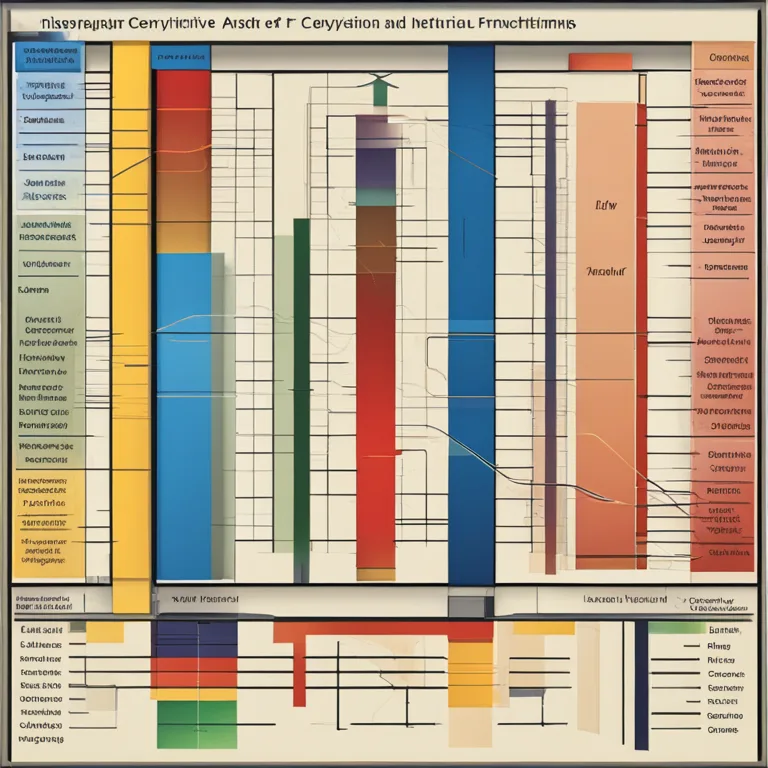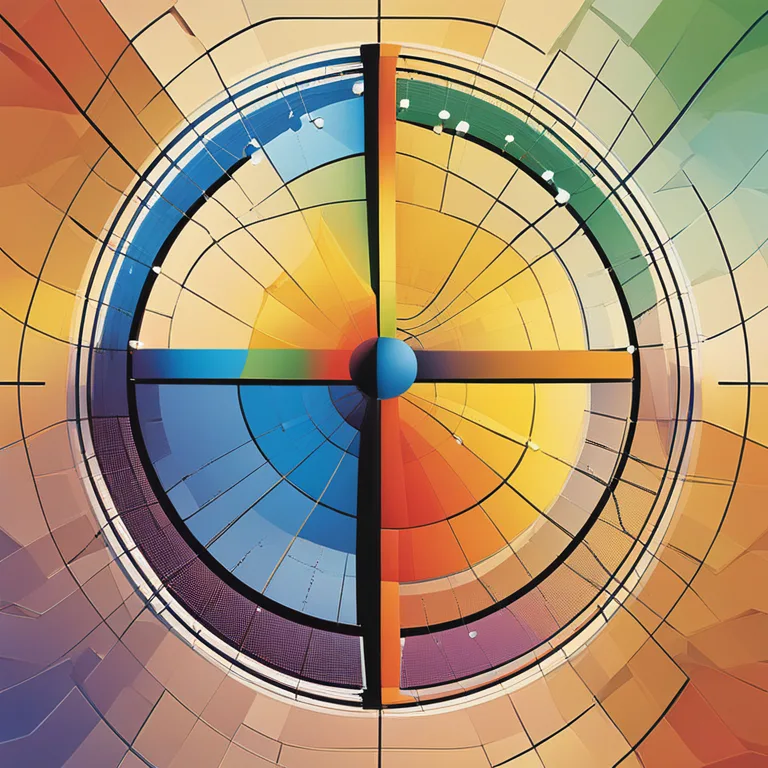
The Role of Biorhythms in Psychological Well-being
Examine the influence of physiological cycles on mental health and daily functioning, delving into the science of biorhythms in psychology.
article by Adrian Wallace
Introduction to Biorhythms
Body rhythms, or biorhythms, are vital to understanding human psychology. These are essentially the natural cycles that our bodies go through, impacting our physical, emotional, and intellectual abilities. The concept isn't new; it has intrigued scientists and psychologists alike ever since its introduction in the early 20th century. This article delves into the fascinating intersection of biorhythms and psychology, and how these inherent cycles can influence our daily lives and overall psychological health in 2024 and beyond.

Physical Biorhythms and Health
Physical biorhythms are thought to govern our body's natural energy levels and its ability to recover from stress and exertion. These rhythms are crucial as they dictate the optimal times for restorative activities like sleep and exercise. In recent years, wearables and health apps have leveraged this knowledge, offering personalized recommendations for peak performance and recovery. Psychological studies continue to investigate how adherence to these physical cycles can reduce the risk of burnout and improve overall well-being.

Emotional Biorhythms and Well-being
Emotional biorhythms, according to the theory, ebb and flow, affecting mood and emotional resilience. The contemporary therapeutic approaches integrate this understanding to optimize treatment plans. Tailoring therapy sessions to align with an individual's emotional highs can potentially enhance the therapeutic experience. This synchronization could lead to breakthroughs in treating mood disorders, alluding to the broader implications of biorhythms on psychological practices.

Intellectual Biorhythms and Cognitive Functions
Intellectual biorhythms are said to affect our cognitive faculties and decision-making abilities. As companies introduce flexible work schedules, there's growing interest in aligning tasks with employees' biorhythmic peaks to boost productivity and creativity. Education systems are also taking note, with discussions around timing classes to children's cognitive biorhythms to optimize their learning and retention capabilities.

Interplay of Biorhythms and Daily Life
The interplay between these cycles and our daily activities is becoming increasingly relevant. As society embraces a more holistic approach to health, acknowledging the potential impact of biorhythms on personal and professional life can lead to more harmonious living. By understanding and respecting these natural rhythms, individuals can make more informed choices about their diet, sleep schedules, professional commitments, and social interactions.
Challenges and Criticisms of Biorhythms
Despite the potential benefits of biorhythmic awareness, this field faces its fair share of skepticism. Critics argue that biorhythms lack empirical support and warn against over-relying on them for critical life decisions. Nevertheless, the digital age has seen a resurgence in biorhythmic applications, with new technologies enabling better tracking and analysis. The debate continues as researchers seek more concrete evidence to establish the scientific credibility of biorhythms in psychology.
Future Directions in Biorhythmic Research
As we advance into 2024 and beyond, the exploration of biorhythms in psychology promises new interdisciplinary research, bridging gaps between neurology, chronobiology, and mental health. Predictive analytics using AI and big data is set to deepen our understanding of these rhythms, potentially unveiling patterns that contribute to holistic wellness strategies and the advancement of personalized medicine.
Published: 12/28/2023
Modified: 12/28/2023
More predictions
Come back here soon to learn more about yourself and your future


The Practical Uses of Biorhythms in Our Lives
Discover how biorhythms can be applied to improve well-being and achieve a better understanding of personal cycles in health, decision-making, and relationships.


The Synergy of Cycles: Biorhythm Compatibility
Discover the secrets of biorhythm compatibility and how it might influence personal connections in our comprehensive guide.


The Core of Biorhythm Theory
Delve into the core of biorhythm theory, a concept that suggests our daily lives are influenced by natural physiological cycles.